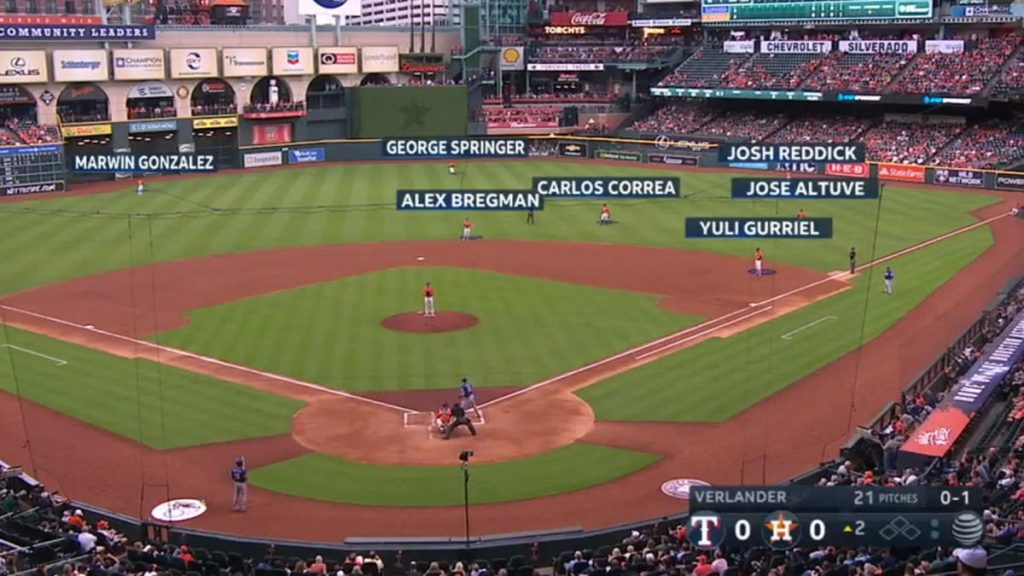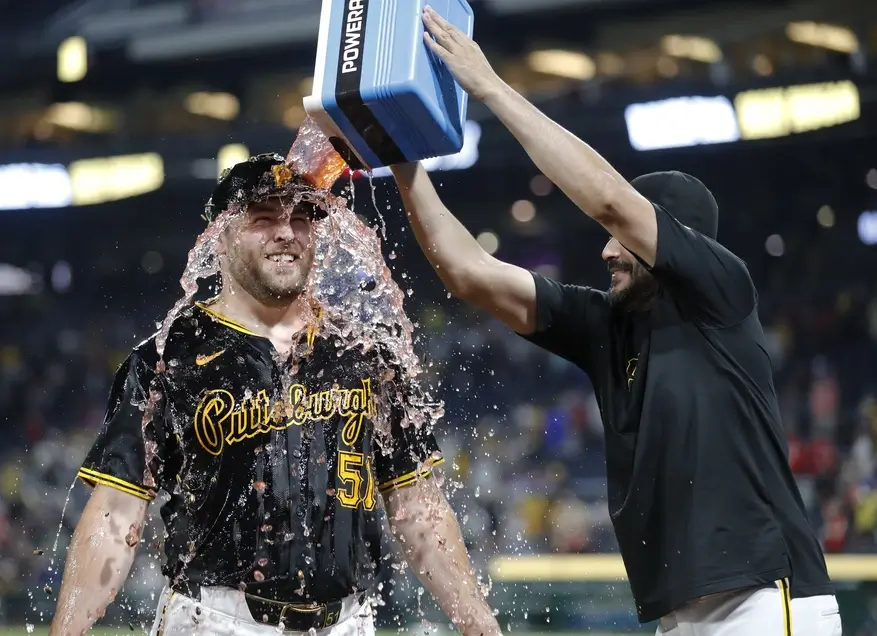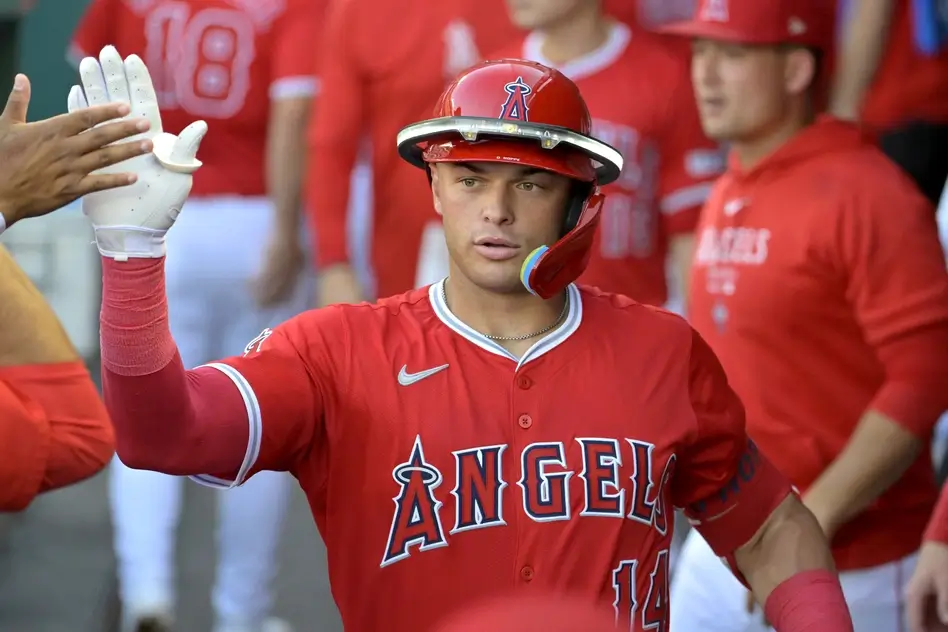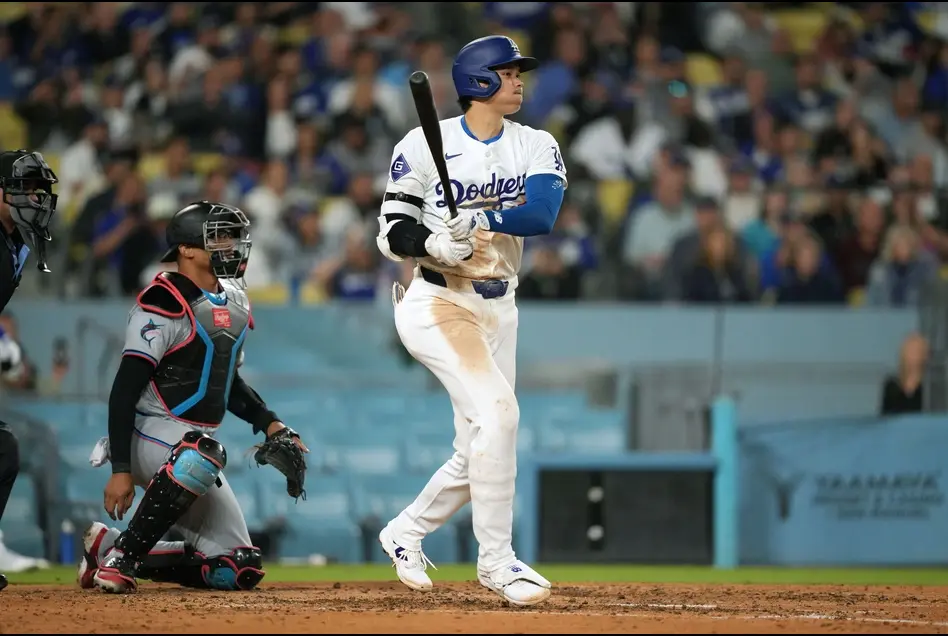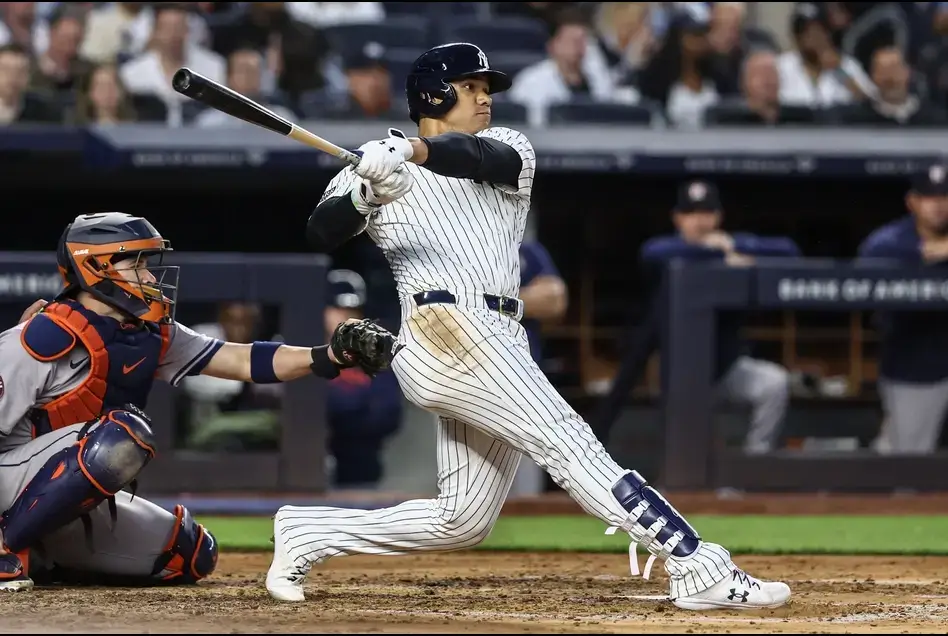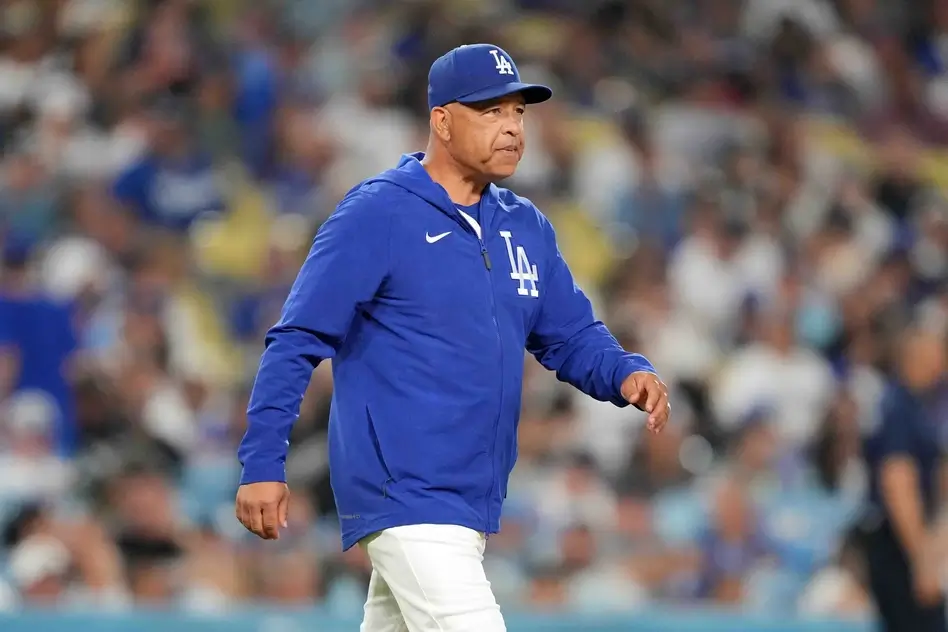It’s been a controversial discussion for the last few MLB seasons, and once again, the defensive shift in MLB is in the news.
Last week before All-Star Weekend, MLB commissioner Rob Manfred spoke with members of the media on a number of different topics, including his views on the shift in baseball. Manfred made his standout on it quite clear.
“Let’s just say you regulated the shift by requiring two infielders each side of second base. What does that do? It makes the game look like what it looked like when I was 12 years old,” Manfred said before the All-Star Game.
“It’s not change. It’s kind of restoration, right? That’s why people are in favor of it. And they do believe, I think front offices in general believe it would have a positive effect on the play of the game.”
Should MLB ban the shift?
It’s not an easy answer. And it’s one MLB itself is trying to figure out.
This season, the MLB is experimenting with the shift in Double-A. It is requiring infielders to keep both feet within the outer boundary of the infield dirt at the start of every play. However, there are no limitations to how many players can be on either side of the second base bag.
It’s going to become a bigger talking point given the fact that the MLB and MLBPA’s collective bargaining agreement expires on Dec. 1 of this year. The shift will surely be a point in that agreement and will mandate what the rules regarding the shift will be in the near future.
So with positive and negatives to both sides of the base, I mean coin, let’s see if the shift should stay or go.
Argument A: The shift should be gone because it takes away from the game of baseball
Manfred’s whole argument against the ban is that it isn’t the same game being played as it was when he was a kid. And it’s true. Baseball was played with two infielders on either side of second base. They rarely moved from their general spot and defenses had to play that way.
In addition, there are the complaints that the game has evolved to just consists of strikeouts and home runs. The logic is that hitters haven’t been able to adjust to the shift and therefore, the only way they can beat it is by going for home runs. By taking heavier hacks at the ball, it results in more strikeouts.
And there is some truth to that. Over the last decade, the league’s batting average has dropped from a .255 in 2011 to a .241 this season. During that same time span, home runs are up from 0.94 to 1.19 per game. Similarly, strikeouts are up from 7.10 to 8.84 per game.
There’s are some of the points brought up by Matt Snyder of CBS Sports. The amount of defensive shifts going on have heavily increased during that time span. Because of this, you can argue that having shifts be a part of the game has a negative effect on baseball.
Argument B: The shift is a smart, defensive strategy that forces hitters to adjust
OK you’re watching football right. And a QB has a tendency to throw towards one side of the field more often than the other. Wouldn’t it make sense to align your defense so that you have more defenders on that side than the other? Yes, and it’s totally legal.
The same applies to baseball. If you have a pull hitter that is going to hit the ball to one side of the field more often than not, why wouldn’t you shift your defense that way?
The other point to bring up – does the shift even work? And that is an extremely tough question to answer. Travis Sawchick of FiveThirtyEight feels as though hitters have adjusted to the shift. He makes the point that the batting average for hitters strictly on balls in play hasn’t changed much over the last few years, despite more balls being put in play against the shift. With more balls getting hit into a shift, you would think that the batting average would go down, but it really isn’t.
Another way to try and look to see just how effective the shift is by looking at the best defensive teams this season and how often they shift. In terms of runs allowed per game, these are the top five teams. The San Francisco Giants, Los Angeles Dodgers, Chicago White Sox, Milwaukee Brewers and New York Mets.
Where do they rank when it comes to how often they shift? Giants are 24th (23.6%), Dodgers are 2nd (53%), White Sox are 27th (18.9%), Brewers are 28th (18.6) and Mets are 1st (54.8%). Of course there are other factors that go into runs scored, like a team’s pitching. But again, this begs the question of does the shift even work?
What’s the verdict on the shift?
My answer is no, don’t ban the shift. However, keeping the shift as is isn’t ideal.
I think there should be limitations on how much a team can shift their fielders. I like the rule of keeping at least one foot in on the infield. I’ve also heard of limiting the amount of times a team shifts in an inning or a game in general.
You’re not going to please everyone. Some hitters, like a Joey Gallo, want the shift gone. Desperately. But some managers feel as though you are handicapping the strategic part of the game if you take away the shift.
It will be interesting to see where Manfred goes with it. The fact that the MLB has begun to experiment with these limitations leads me to believe it would makes the most sense to compromise. Don’t ban the shift completely, but give it restrictions. A nice little meeting in the middle of the two sides.
[spreaker type=player resource=”show_id=3300147″ width=”100%” height=”200px” theme=”light” playlist=”false” playlist-continuous=”false” chapters-image=”true” episode-image-position=”right” hide-logo=”false” hide-likes=”false” hide-comments=”false” hide-sharing=”false” hide-download=”true”]


